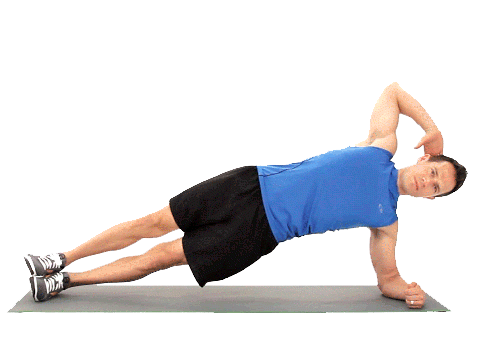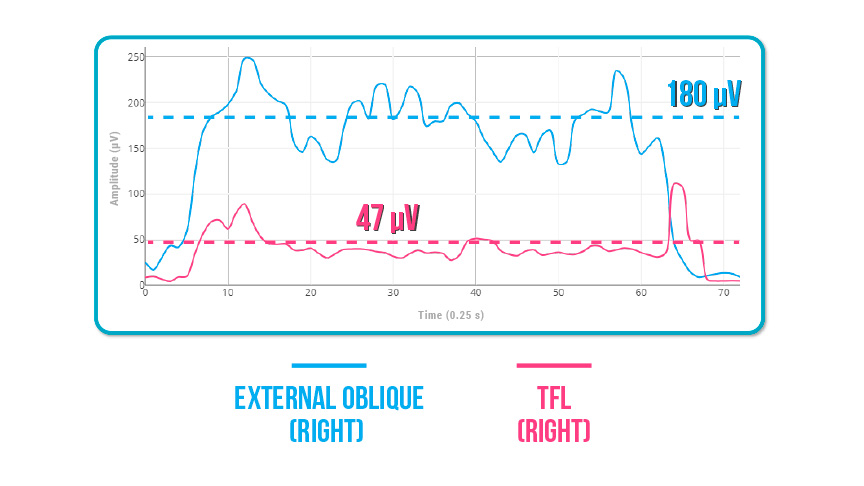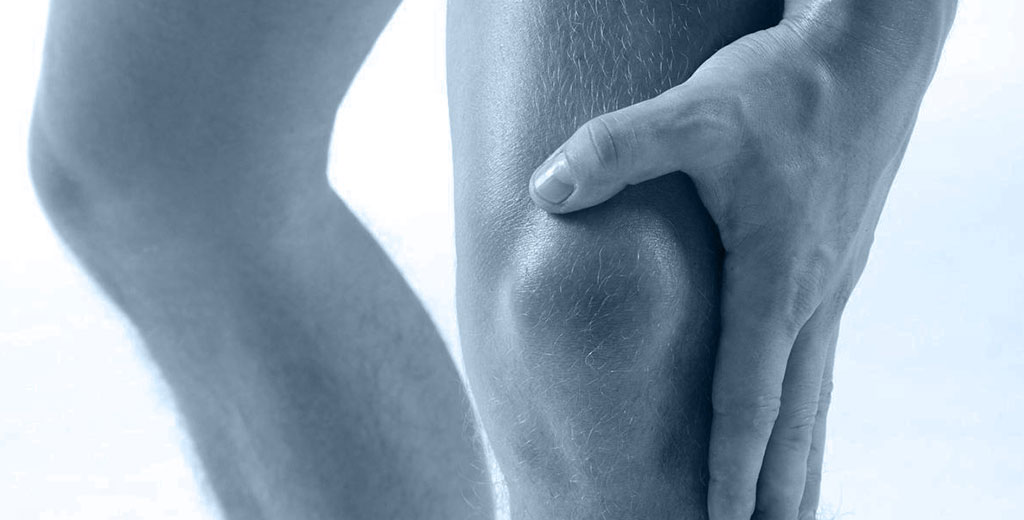The lateral plank is one of the most effective exercises for core strengthening, particularly targeting the external oblique, a key muscle in trunk stability and lumbar injury prevention.
However, a common question arises: Is the traditional execution of this exercise the best way to activate the oblique? Or are there variations that optimize oblique engagement while reducing the activation of other muscles, like the Tensor Fasciae Latae (TFL)?
In this post, we compare two variations of the lateral plank:
- ✔ Traditional (feet-supported)
- ✔ Knee-supported (knees flexed)
Using surface EMG, we analyze which variation maximizes external oblique activation while minimizing TFL engagement.
📩 mDurance EMG provides real-time muscle activation insights! Learn more here.
Is the Traditional Lateral Plank the Best Option for Oblique Activation?
Many training programs and social media posts suggest that the traditional lateral plank (feet-supported) may increase gluteus medius and TFL activation, potentially reducing the oblique’s role in trunk stabilization.

The reasoning: Maintaining body alignment on the feet requires the hip muscles (glute med & TFL) to work harder to stabilize the pelvis in a neutral position.
But what does the data say?
EMG Data for Traditional Lateral Plank

- External Oblique (Right): 180 µV (average)
- TFL: 47 µV (average)
Conclusion: The external oblique is highly engaged, while the TFL activation remains moderate.
Knee-Supported Lateral Plank: Does It Reduce TFL Activation & Enhance Oblique Engagement?
Hypothesis: Flexing the knees reduces hip muscle demand, allowing the external oblique to take a more dominant role in trunk stabilization.

EMG Data for Knee-Supported Lateral Plank

- External Oblique (Right): 140 µV (average) 🔽
- TFL: 39 µV (average) 🔽
Conclusion: The external oblique activation decreases, while TFL activation remains nearly unchanged.
Comparison of Both Variations: Which Is Better?
Summary of Muscle Activation:
| Plank Variation | External Oblique Activation | TFL Activation |
| Traditional (Feet-Supported) | 180 µV 🔼 | 47 µV |
| Knee-Supported (Flexed Knees) | 140 µV 🔽 | 39 µV |
- ✅ The external oblique is more active in the traditional lateral plank.
- ✅ The TFL shows no significant activation difference between variations.
For maximizing external oblique activation, the traditional lateral plank is the best option.
Although the knee-supported variation is often suggested to reduce hip muscle activation, EMG data show no significant difference in TFL activation between the two versions.
How to Optimize Lateral Plank Execution?
To ensure maximum external oblique engagement while minimizing TFL activation, follow these key tips:
- 🔹 Maintain proper alignment, preventing hip sagging or forward rotation.
- 🔹 Engage the core consciously, ensuring the external oblique bears most of the load.
- 🔹 Adjust foot positioning or incline angle if you feel excessive TFL activation.
Want to ensure your patients get the most out of lateral planks? Use EMG to measure real-time muscle activation and choose the best variation for them!
📩 Get all the details on mDurance EMG here.
See you in the next post! 🙂

